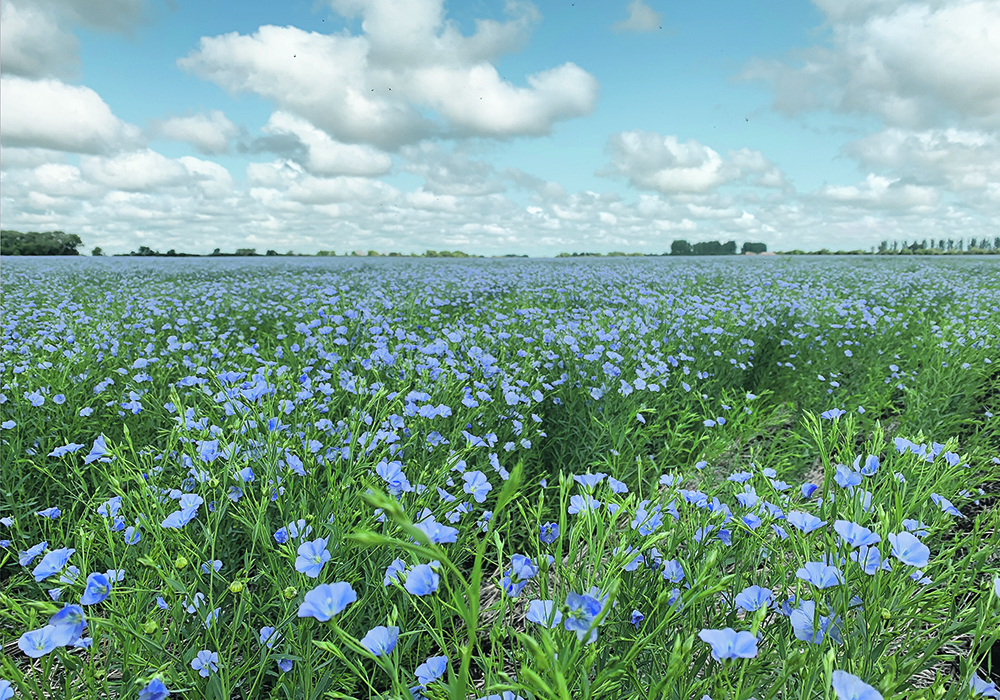Proposal to end tonnage based checkoff prompted by soaring prices and the dismal state of Sask. organization’s finances
The Saskatchewan Flax Development Commission wants to change the way it collects levy revenue in the province.
Delegates attending the organization’s annual general meeting passed a resolution to seek input from registered flax growers this year about switching to a percentage-based levy amounting to 0.5 percent of gross sales, effective Aug, 1, 2024.
The current levy is a tonnage-based levy amounting to $2.36 per tonne of flax sold.
“The flax industry is at a crossroads,” said former SaskFlax director Dave Sefton, who tabled the resolution along with Flax Council of Canada chair Erwin Hanley.
Read Also

U.S. government investigates high input costs
The USDA and DOJ are investigating high input costs, but nothing is happening in Canada.
“We need to keep this crop alive.”
Hanley said this is not the first time that the flax sector has floundered but noted that the current situation has become dire.
“It is fairly clear that SaskFlax is short of cash. It has gone through some reserves,” he said.
SaskFlax Chair Greg Sundquist noted that levy revenue plunged to $405,123 in 2022 from $818,444 two years earlier.
The organization is forecasting a rebound to $684,000 in 2023, but Sundquist now thinks that is far too optimistic, given the dismal market outlook delivered by Chuck Penner of LeftField Commodity Research an hour before the AGM.
SaskFlax is forecasting a budget deficit of $331,971 in 2022-23.
That would usurp almost all of the organization’s unrestricted reserves, which plunged to $470,000 in 2022, down from $1.09 million two years earlier.
SaskFlax has been forced to make budget cuts, such as letting go of its agronomist. It also decided not to replace outgoing executive director Wayne Thompson.
Instead, it is amalgamating its administrative services with SaskCanola, saving about $200,000 per year in the process.
Former board member Garry Noble noted that the proposed new levy would amount to $143.42 on a B-train load of flax at today’s values versus $99.12 under the current tonnage-based approach.
He said it will be hard for the organization to recruit and retain board members and staff without increasing the levy.
Sefton said the flax industry survived the Triffid crisis and it will survive this setback as well.
Flax prices have gone from $3 per bushel to a high of $45 per bu. since he has been growing the crop, and he believes it is time SaskFlax participated in that dramatic price appreciation.
He believes it is an important crop to keep in the rotation because of its unique properties.
“You can grow flax on ground that has gophers on it,” said Sefton.
“Flax for some reason doesn’t taste good to gophers.”
















